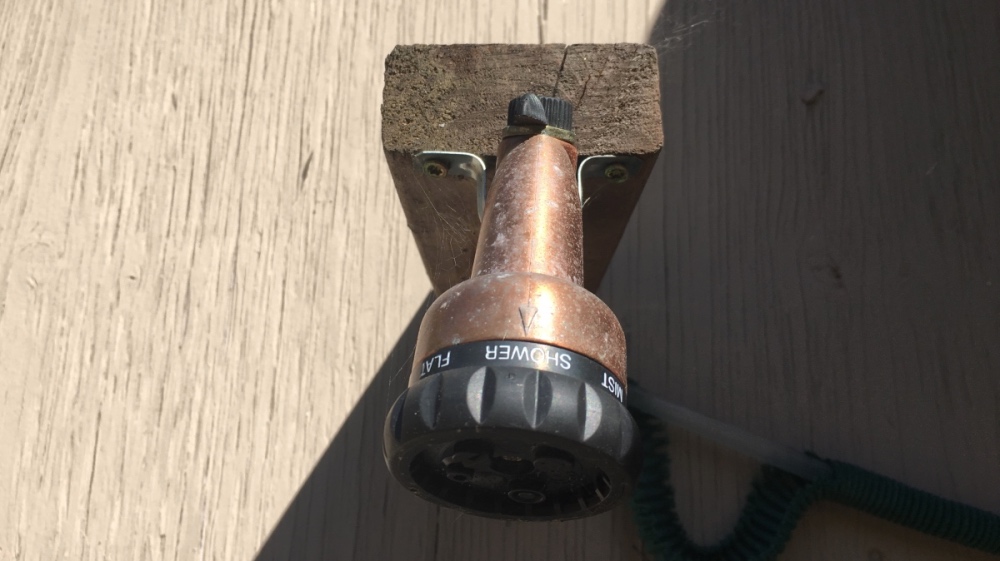As I’m learning more about carbon capture techniques, a Wired article about carbon capture for wastewater treatment caught my eye. While it’s best to safe water when you shower, what can we do with the wastewater we do have? An interesting idea is to use microbes to treat the water as well as capture carbon dioxide.
Some microbes, like bacteria and microalgae, feed on CO2 itself. So one potential fix would be to replace the typical microbes used in wastewater treatment with these CO2-guzzlers.
https://www.wired.com/story/the-water-in-your-toilet-could-fight-climate-change-one-day/
The article is based on a Nature publication. So I checked it out, and now we are getting into more chemistry than I hoped for. Here we go. The authors are looking at different carbon capture approaches while also looking at environmental and economic benefits:

Integrating carbon capture and utilization with wastewater treatment may transform energy-intensive, carbon-emitting wastewater treatment plants into integrated water resource recovery facilities that recover energy, nutrients, water and other valuable carbon products with economic, environmental and social benefits.
https://www.researchgate.net/publication/329656760_Wastewater_treatment_for_carbon_capture_and_utilization
Here are the five approaches they discuss:
- Use microbial electrolysis to enable wastewater treatment, generate hydrogen and mineralize carbon dioxide to carbonates (Microbial electrolytic carbon capture)
- Recover electrons from wastewater and reduce carbon dioxide to organic chemicals (Microbial electrosynthesis)
- Enrich naturally occurring microalgal communities to take up nitrogen and phosphorus while turning carbon dioxide in biomass (Microalgae cultivation)
- Integrate vegetation, soils, and microbial ecosystems to treat wastewater and capture carbon dioxide to plant biomass (Constructed wetlands)
- Produce carbon rich charcoal from sludge and other biomass feedstock to provide long term carbon reservoirs and increase fertility in soil (Biochar production)
In the conclusion they point out all these approaches are early stages, a lot more research and development are needed. But they also highlight the potential:
Carbon capture and utilization can bring tremendous value to the wastewater industry, CO2-generating industries, and to society as a whole.
https://www.researchgate.net/publication/329656760_Wastewater_treatment_for_carbon_capture_and_utilization
What I like most about the article is how it looks at a specific industry and rethinks how that industry can operate carbon neutral or even carbon negative. And while this is early R&D work, they are keeping it real by addressing how these approaches could have environmental as well as economic benefits.

